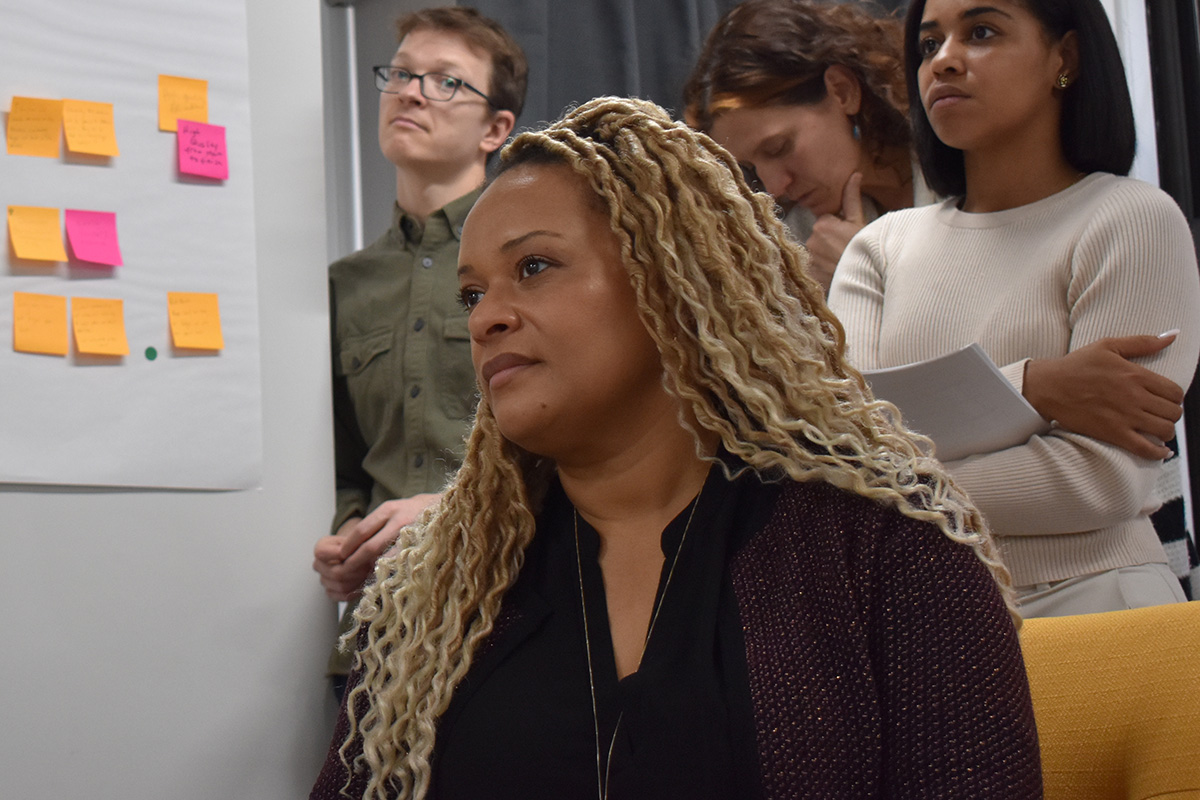
Melissa S. Lee has spent her career working to center community health in urban planning. How can we address past harms created by urban renewal? How can we ensure the right voices are heard? As Principal at Public Works Partners’ urban planning practice, Melissa has worked in cities across the country to rewrite the script. She also is a member of the Soundview design team for the Local Center. Read her full bio below.
I sat down with Melissa to talk about her journey to this work, what community health requires in practice, and what is motivating her now.
–Hadley Stack
HS: Hi Melissa, thanks for joining me today. Tell me what you do for a living.
Melissa S. Lee: I consider myself to be an urban planner, a community organizer, a social alchemist, and a reformed public servant. I shepherd innovative community building interventions from inception to completion across the country as Principal of Community Health at Public Works Partners. We define ‘community health’ as essentially our urban planning practice – it encompasses community engagement, planning interventions, community visioning, data analysis, and data interpretation.
What was your path to this place in your career now?
ML: As my younger self, I was really interested in getting my PhD in public policy, becoming a professor, writing books. I packed up my bags and moved to New York City. That was a huge deal for somebody who is the fifth generation to be born and raised in Pasadena. We were the fourth Black family to move there in 1894. I got my first New York City apartment in the East Village on Second Street. I moved in on September 1st, started my first graduate courses that following Monday, September 7th, and then 9/11 hit that following Tuesday.
I had this huge decision to make: “Do I get on a train and get the heck out of dodge? Or do I stay?”
I was so moved by what I saw on the ground that I knew I had to stay. But I had to be of service. If I was going to stay in New York City, I wasn’t just going to be a voyeur. I changed the trajectory of my studies, then I worked in economic recovery with a consortium of nonprofits, BIDs and foundations in the Lower East Side. I realized it’s really interesting to not be stuck in the ivory tower, but to be on the ground, rebuilding community.
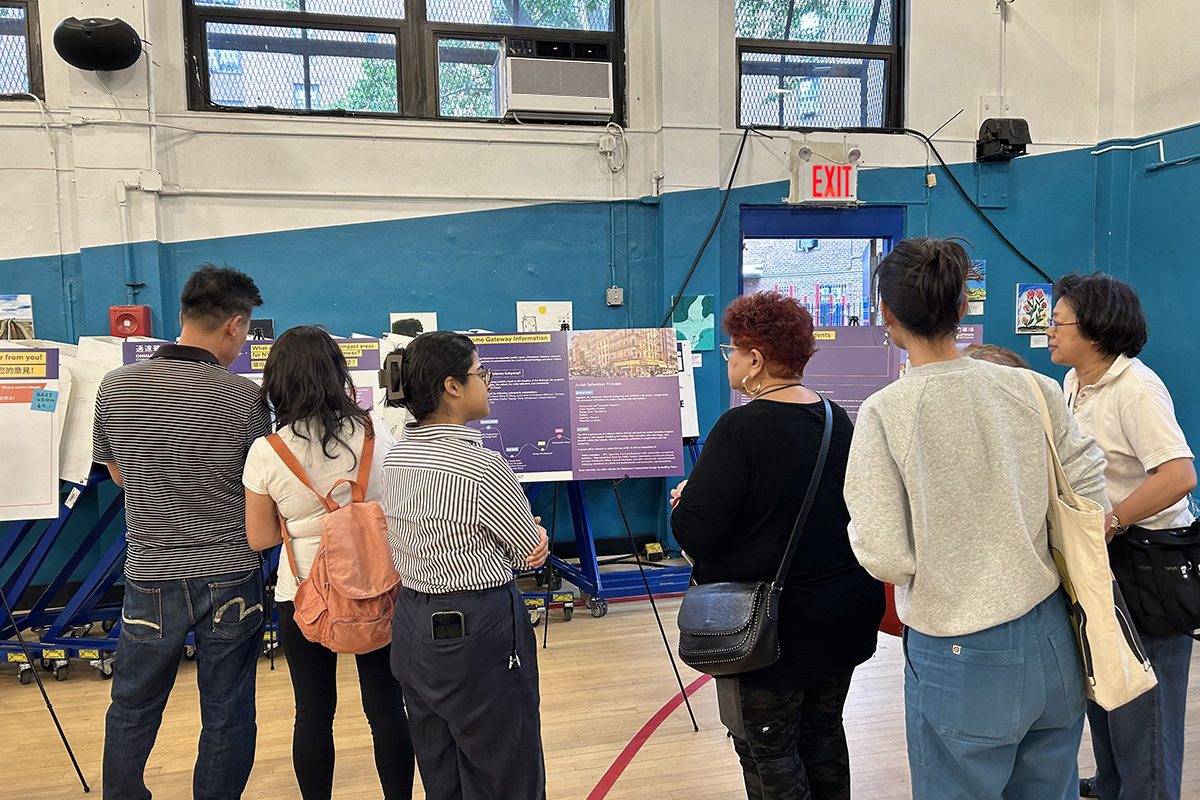
That’s a really powerful story. I’d love to hear a little bit about your work with Public Works Partners. Can you tell us about a project that’s inspiring you right now?
ML: We completed a really interesting project in Oklahoma City, partnering with the National Trust for Historic Preservation and their African American Cultural Heritage Fund, the Oklahoma City Urban Renewal Authority, AEA consulting; and Open Design Collective, a local design firm. We led a feasibility and community visioning study around the restoration of the Brockway Center and the Lyons-Luster Mansion, two sites in the Northeast section of Oklahoma City. During Jim Crow, this portion of the city was the redlined area in which Black residents could live.
These sites are literally sandwiched between a long history of urban renewal and its harmful effects. But the community recognizes the sites as an opportunity for cultural exchange and cultural expression and the National Trust has come in with their African American Action Fund to test business concepts for each of these properties. We built on a lot of work the community had already done to envision what these sites could be — to support legacy building, to support cooperative economics, and to positively represent the legacy and history and the opportunity of Northeast Oklahoma City.
In order to create an action plan that would actually work, we couldn’t do business as usual. We supported the co-design of a concept model called Community Investment Trust. This entity would own both properties and they would govern the use moving forward. This Community Investment Trust would be supported by a board of directors, or a community stakeholder board, who would make decisions in partnership with the city and the electeds and the community.
There’s only one of these Community Investment Trusts models operating, and this version evolves it a little bit further. It’s really an opportunity for reparative action. The goal is to address past harm, return the sites to active cultural use and Black community ownership, and have this serve as a national model.
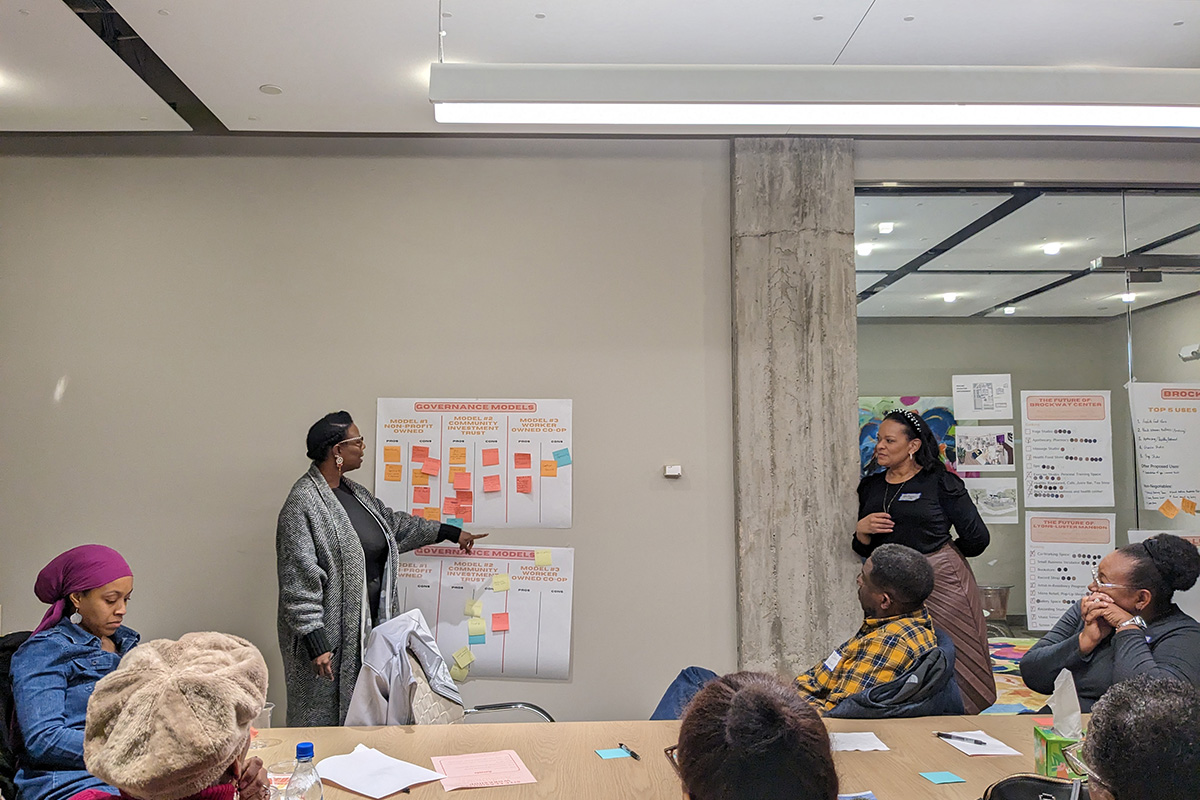
Public Works Partners calls their urban planning department “Community Health,” which I love. What are your thoughts on the relationship between urban planning and the health of our communities?
ML: That is something that I love, too. You can’t assess the health of a community with just one or two indicators. You have to really understand its ecosystems. If a community is at the center of any sort of environmental harm or economic disinvestment, it really bleeds out into an unhealthy community. To make a community more healthy, you have to perform work that challenges its inequities.
We are developing a “Community Justice Index” as a way to disrupt those patterns. What makes a place just and healthy? How can we use performance metrics or key performance indicators to ensure that we’re moving in the right direction? We’re using trauma-informed planning, anti-oppressive practices, critical liberation, pedagogy; things that are familiar in the social sciences space can also be applied to planning.
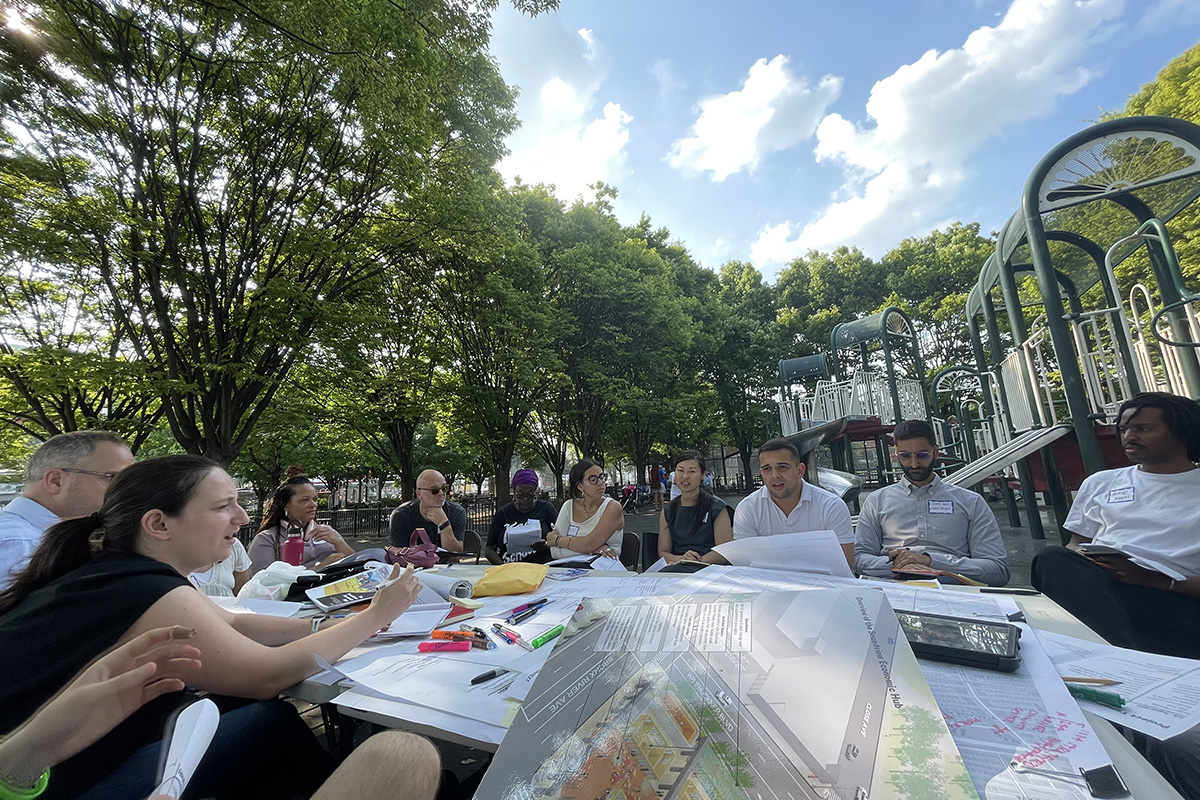
Can you tell us about your work with the Local Center?
ML: It has been a wonderful, wonderful experience with the Local Center. We worked on a project in the Bronx, in partnership with the Youth Ministries for Peace and Justice. They are a wonderful organization from whom we’ve learned so much. We are also collaborating with Ennead Lab. Together, we activated the future site of the Soundview Economic Hub. Currently, it’s a vacant space underneath the Bruckner expressway. Our collective idea is that with temporary art installations, we can activate the site and honor the history of the South Bronx.
This innovative space activation is really centered around bringing together South Bronx residents, artists, entrepreneurs, food growers and organizers, in a space that, once again, has suffered because of large scale urban planning interventions that have caused a lot of harm.
Our hope is that the space will stimulate the local economy. It’ll provide incubator spaces, classroom spaces, vendor spaces, communal spaces for folks to to celebrate, while also serving as a nexus for wholesale food and urban art, or agriculture. We’ve building on the robust community engagement strategies and expertise of YMPJ and the Bronx Defenders.
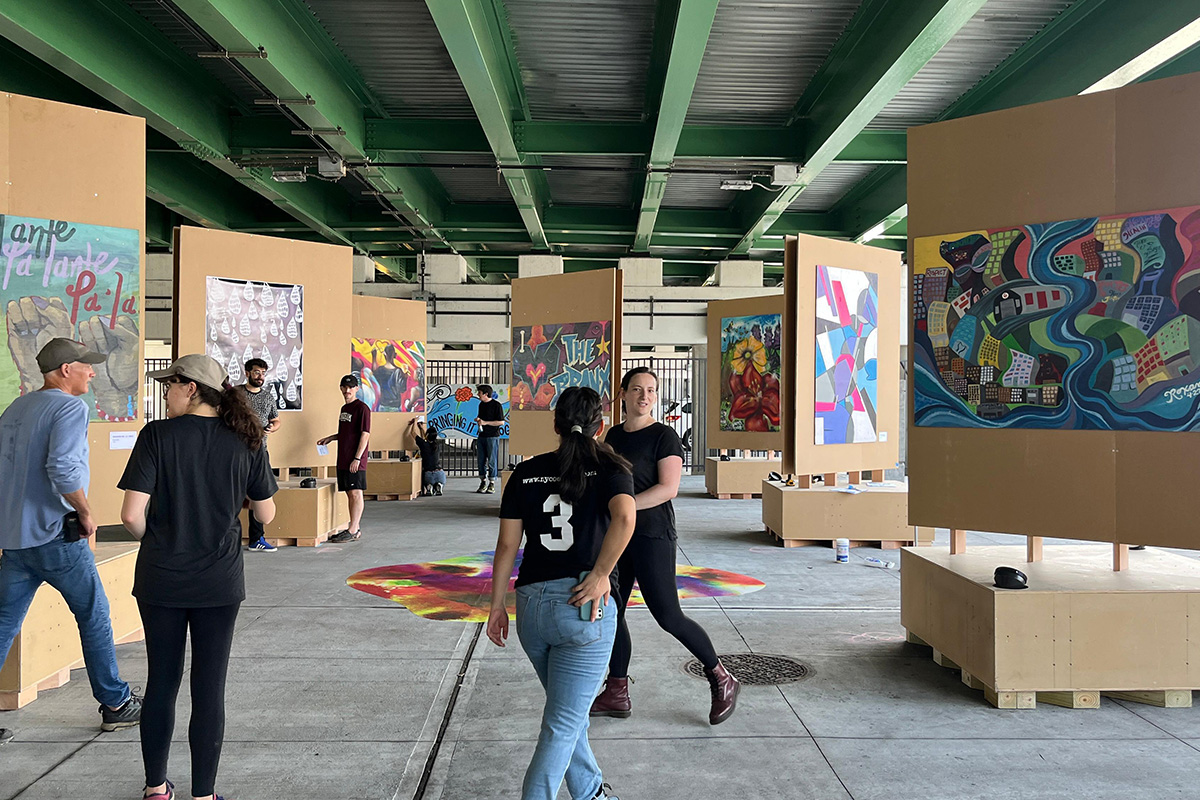
I have one last question for you today. Can you tell me about your favorite place in New York?
ML: Oh, that’s a hard one. I adore New York City because you have the opportunity to continually reinvent yourself. I think every corner of the city represents that new possibility. I can’t just pick one. From the Bronx all the way down. I can’t just pick one!
This interview was edited and condensed for clarity.
All images courtesy of Melissa S. Lee
Melissa leads Public Works’ urban planning practice, Community Health, creating stronger neighborhoods through planning, placemaking, economic development, and community engagement. She brings 25+ years of experience delivering urban planning solutions across public and private sectors. From capital improvement strategies to community engagement, she has shared her talents across the country.